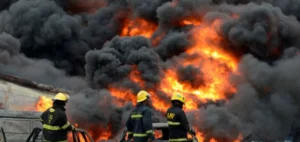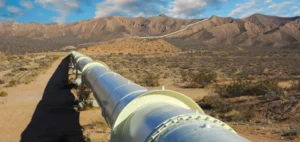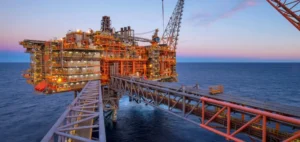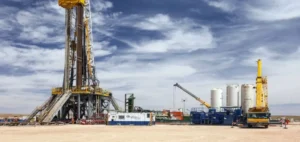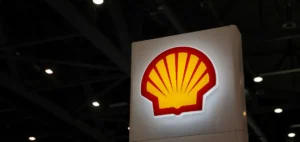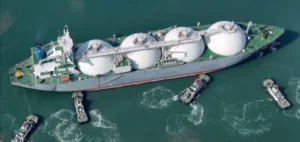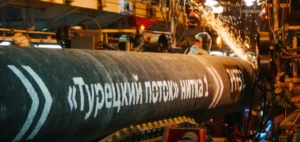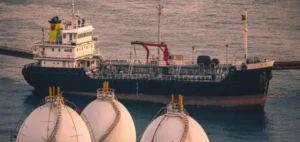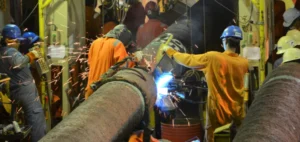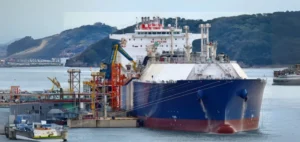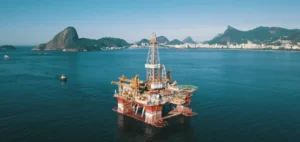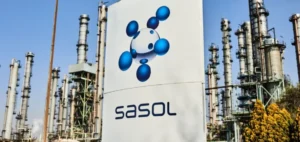European Union (EU) countries are currently accelerating the pace of natural gas injection into their underground gas storage (UGS) facilities, achieving the highest June levels recorded over the past three years. According to data published by Gas Infrastructure Europe (GIE), injected volumes reached 479 million cubic meters (Mcm) on a recent single day, highlighting intensified efforts to rebuild inventories ahead of the upcoming winter. This rapid pace, however, contrasts with the overall reserve levels, which remain significantly lower than recent historical averages. Currently, European storage facilities are filled to only 55.8%, far from the 74.8% recorded during the same period last year.
Strict targets for winter
The European Commission requires its member states to fill storage facilities to at least 90% capacity by November 1, ensuring adequate supply during disruptions or peaks in winter consumption. At present, with only 61.2 billion cubic meters (Bcm) stored, total volumes are 25% lower than the previous year. In response to this deficit, Europe has significantly increased imports of liquefied natural gas (LNG), achieving a historical monthly record of 12.75 Bcm in May. This record-setting import trend appears to persist in June, underscoring a robust procurement strategy despite sustained prices around 440 U.S. dollars per 1,000 cubic meters.
The critical role of liquefied natural gas
The extensive importation of LNG reflects Europe’s economic and strategic need to secure sufficient energy resources amid geopolitical uncertainties. Increased availability of LNG has enabled European nations to maintain high injection rates despite initially low reserve levels this year. This diversification approach coincides with careful monitoring of climatic conditions, as energy consumption directly correlates with observed temperatures. Consequently, weather forecasts predicting higher temperatures across Europe this week could slightly elevate electricity demand generated from natural gas.
Energy balance and price fluctuations
Simultaneously, wind energy accounts for roughly 15% of Europe’s electricity mix, a stable figure since May that indirectly influences natural gas demand. A temporary or prolonged decrease in renewable production can mechanically increase reliance on natural gas for electricity generation. In this context, Europe’s gas market remains sensitive to fluctuations in international prices, which are currently higher than the same period last year. This situation highlights the economic implications of a delicate balance between supply, storage, and consumption as Europe approaches an often unpredictable winter period.
These current dynamics attract considerable attention among European energy market participants, each assessing how these volume, price, and import movements influence their short-term economic strategies.




